Shitsurindo and ZOZO NEXT Launched Collaborative Research on New Lacquer Techniques
KOGEI Topics VOL.19
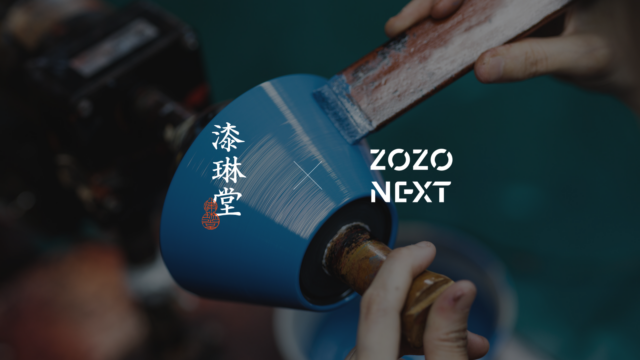

VOL.1-19
Update
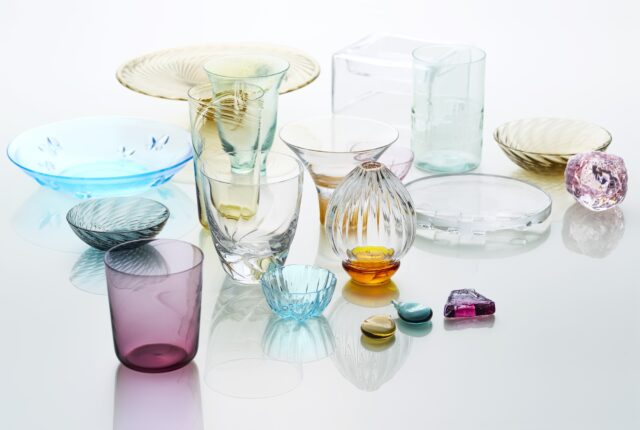
VOL.1-17
Update
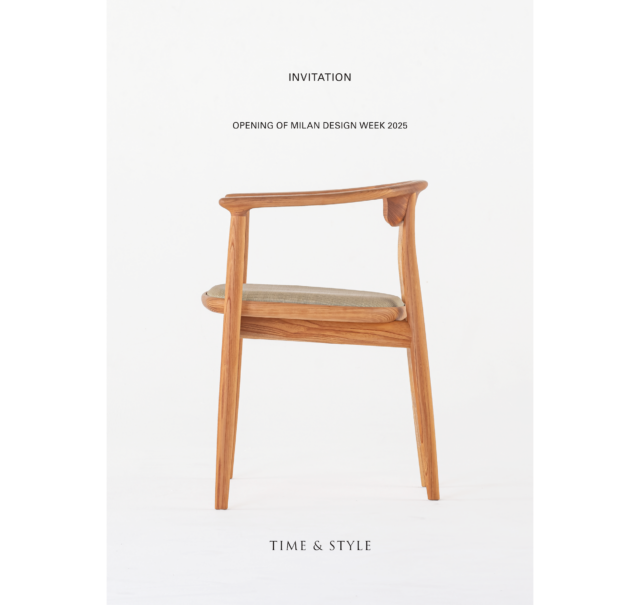
VOL.1-43
Update
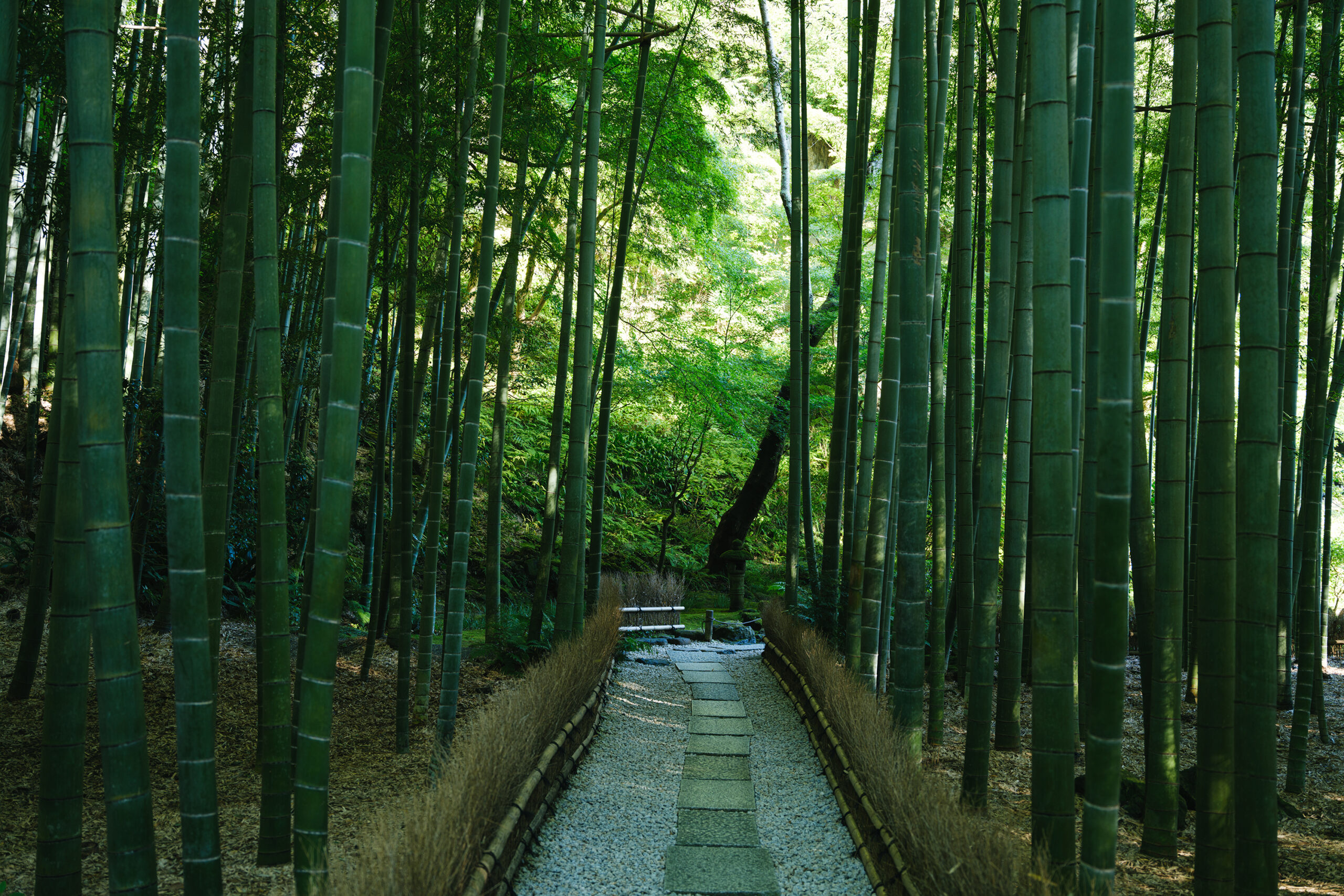
VOL.1-2
Update
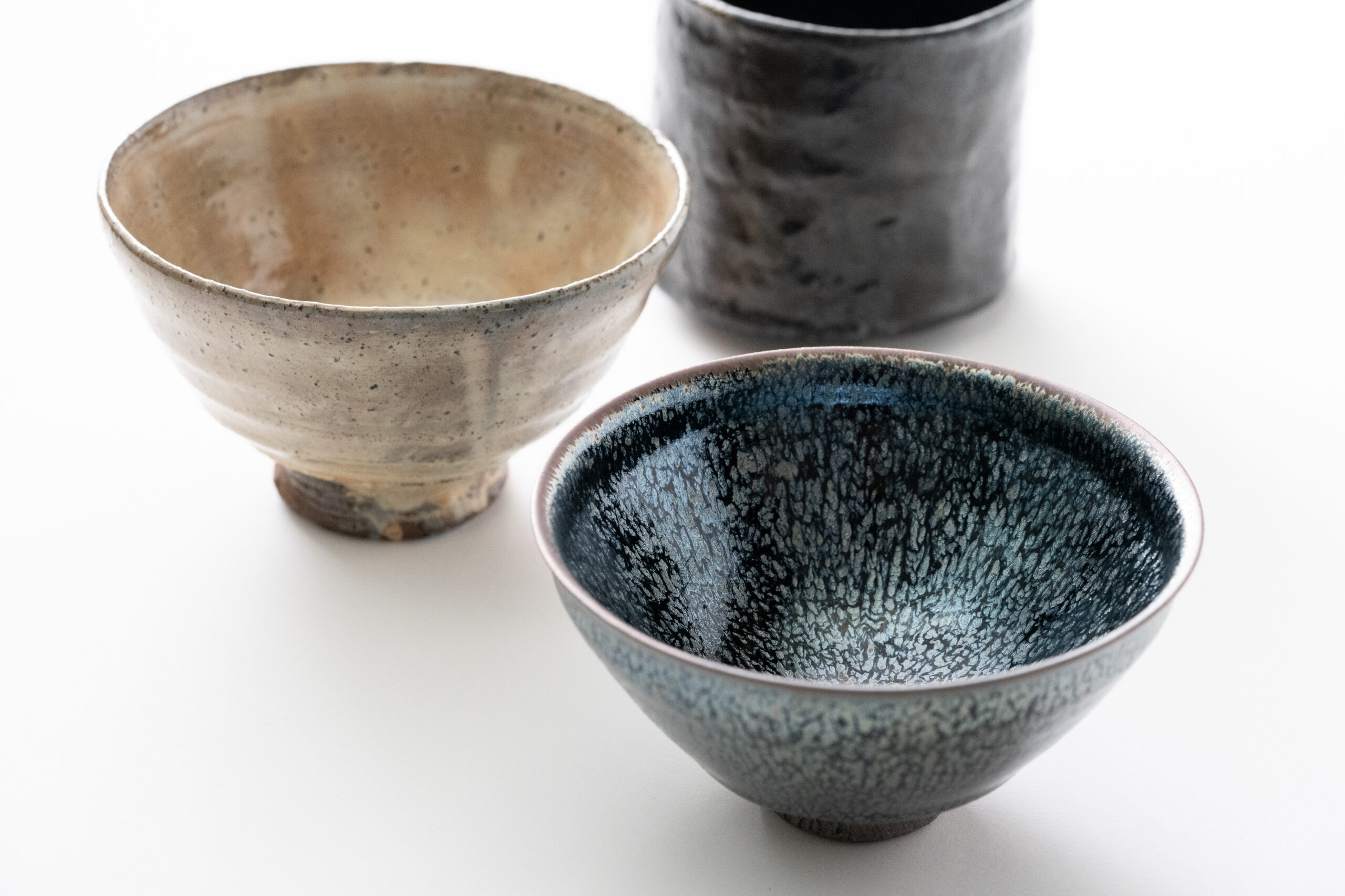
VOL.1-3
Update

VOL.1
Update
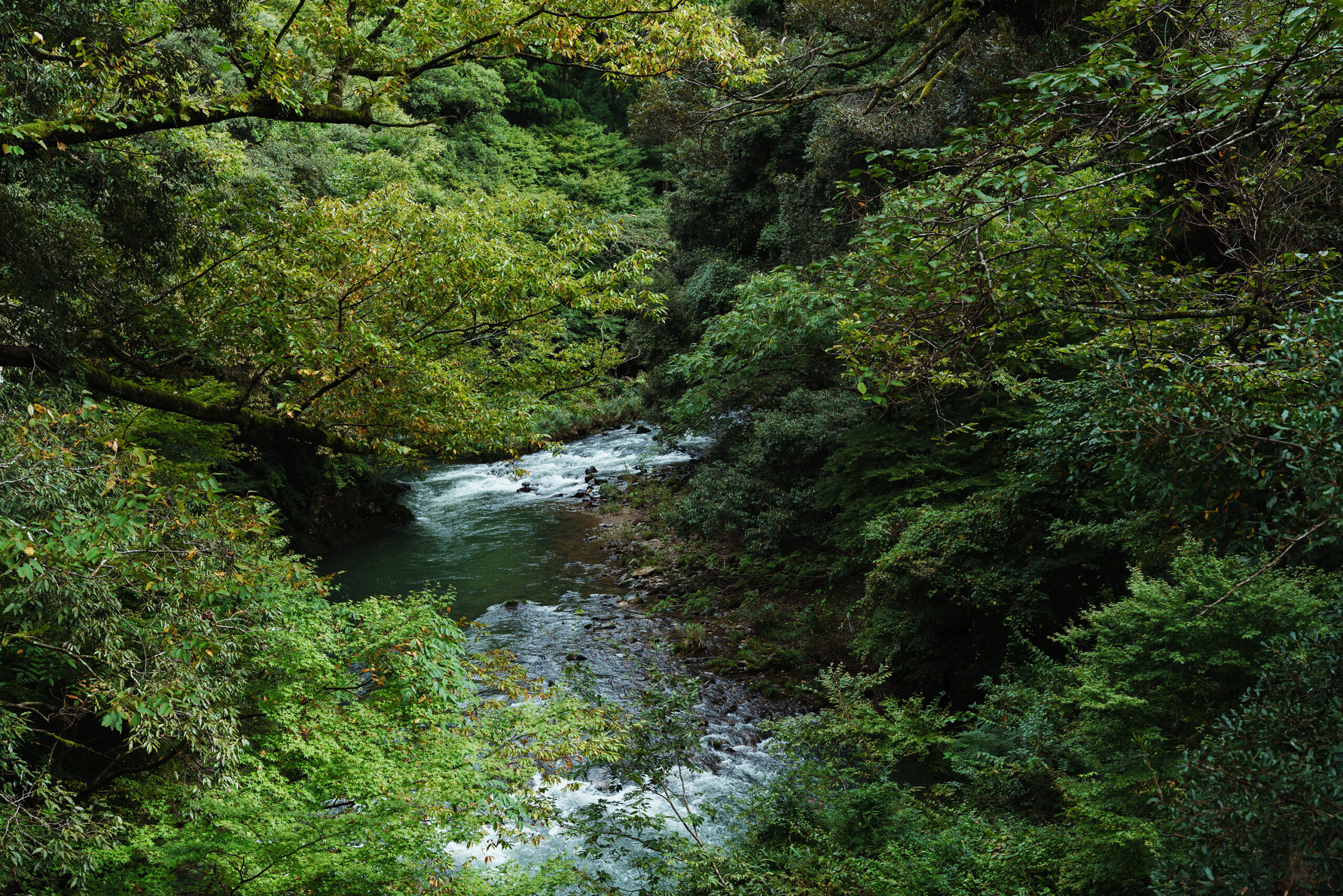
VOL.1-7
Update
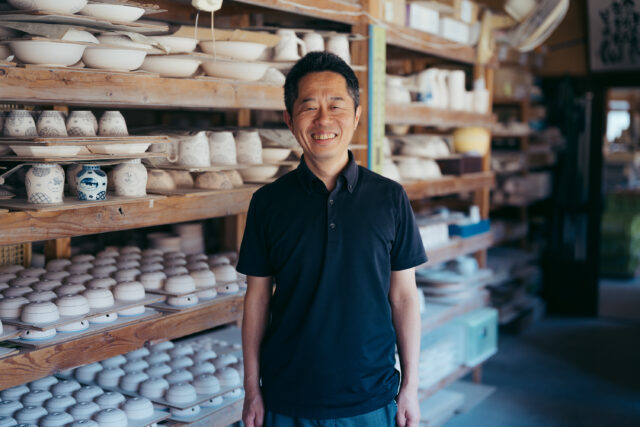
VOL.1-32
Update
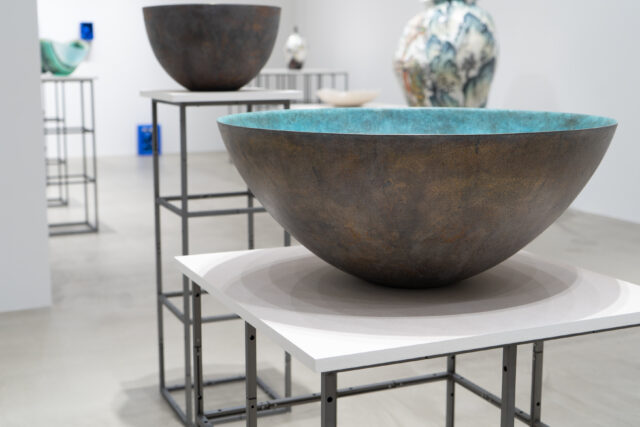
VOL.1-26
Update
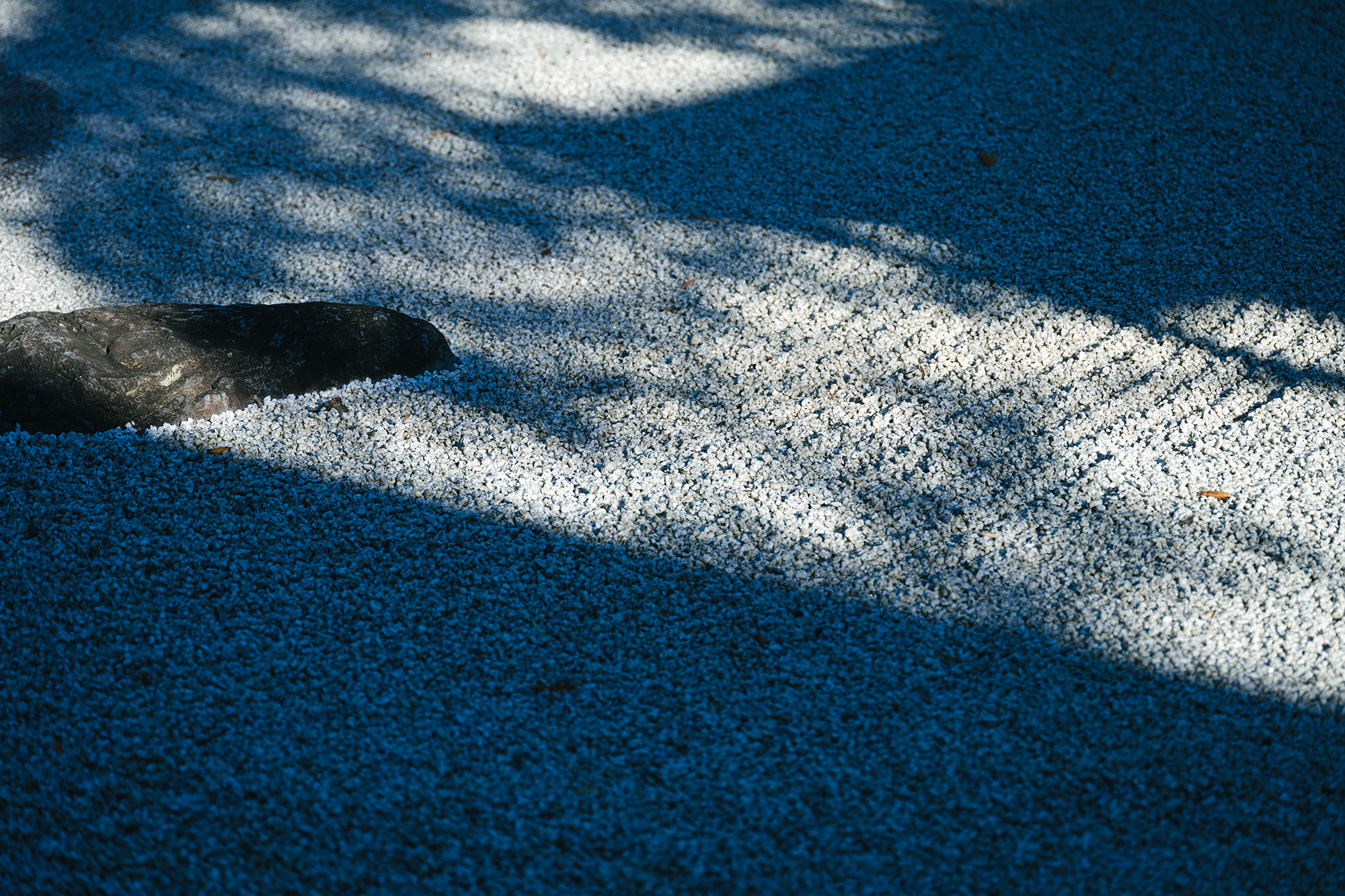
VOL.1-12
Update
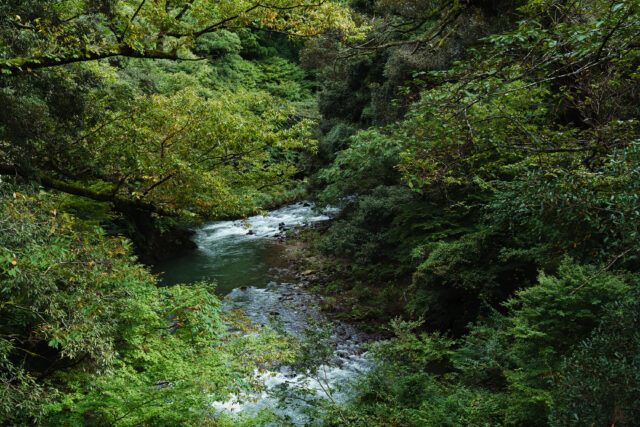
VOL.1-3
Update
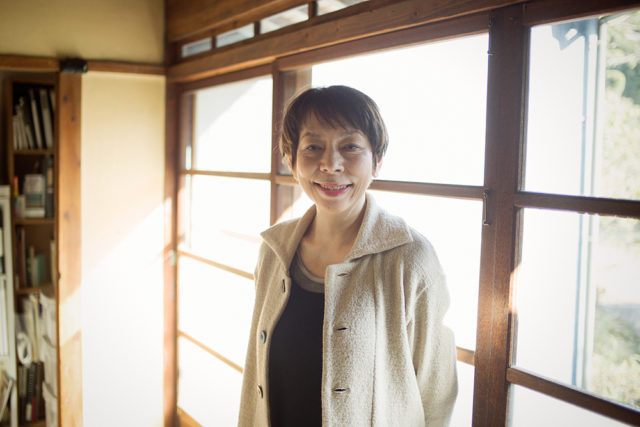
VOL.1
Update
We share a variety of information and perspectives on Japanese crafts, including exhibition information and interviews.
KOGEI Topics VOL.19
New Products VOL.17
Featured Exhibitions & Events VOL.43
KOGEI Topics VOL.18
Apr 5 – Jun 22, 2025
SEIKADO BUNKO ART MUSEUM
Apr 8 – May 6, 2025
The Gotoh Museum
Apr 11 – Jun 15, 2025
Kyoto City KYOCERA Museum of Art
Apr 12 – Jun 29, 2025
TOGURI MUSEUM OF ART
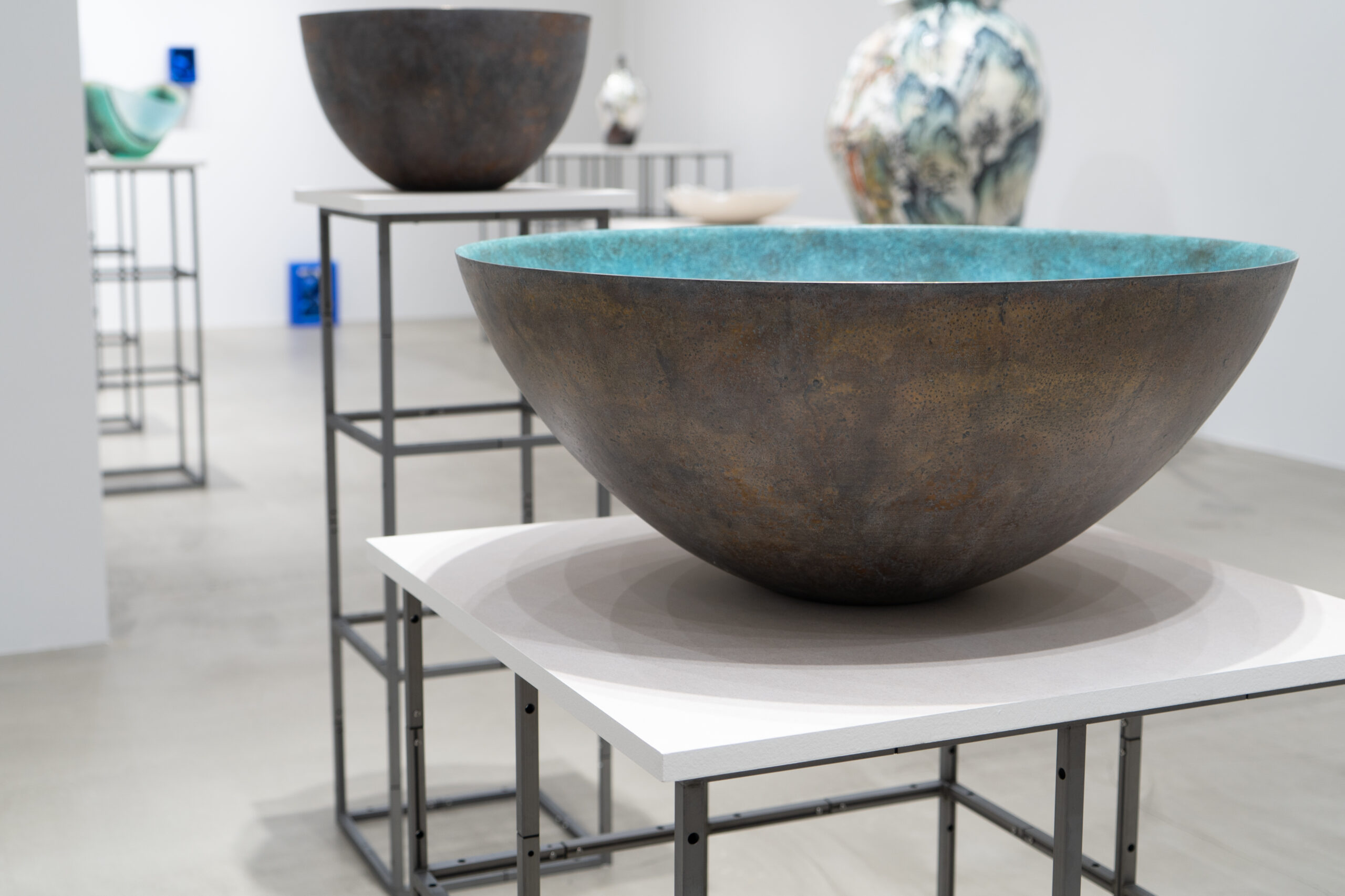
Hideki’s pottery ranges from Shigaraki ware and Iga ware to Shino ware and Oribe ware, and includes a wide variety of sake cups, flower vases, and tea ware. However all his pieces share a common thread in how they embody the wabi-sabi aesthetic perfected during the Momoyama period (1573-1603).
According to Hideki, “Wabi-sabi is expressed in form and atmosphere.” For example, he says wabi-sabi is the image that many Japanese have in their minds when they hear Fujiwara no Teika’s tanka poem, “Casting wide my gaze, neither flowers nor scarlet maple leaves – a humble fisherman’s hut, in the autumn dusk.” In recent years, he has taken Matsuo Basho’s words “Fueki-ryuko” (“The unchanging is the essence of change”) as a theme, incorporating changes in the long-standing techniques of ceramics as he constantly seeks to identify areas in which he can brush up and refine his works.
Hideki says that while he has an image of what he wants to create, he is also drawn to the unpredictable nature of ceramics, where chance plays a role.
As the materials used in ceramics are natural substances, even with what appear to be the same materials, their actual composition will differ slightly, and colors may not reproduce exactly even if the ingredients are mixed in the same way. For example, even when black and oxidized iron glaze are used to color a black tea bowl, sometimes the rust color turns out to have a purple hue. Because of this, Hideki believes that relying on his own experience is more reliable than strictly adhering to numerical formulations.
Furthermore, ceramics undergo changes during firing, and until they come out of the kiln, the final outcome is unknown. Sometimes, the result exceeds one’s imagination. Hideki finds himself captivated by the “teeth-grinding fascination” of creating ceramics, where the meticulous calculation required to achieve an ideal coexists with unforeseeable or accidental factors.
Related information
TOBETOBEKUSA
https://tobetobe-kusa.jp/
Kowa Building 1F, 1-4-5 Hatchobori, Chuo-ku, Tokyo 104-0032, Japan
TEL: +81-3-5830-7475
Open: 11:00 am to 6:00 pm
Closed every Thursday, with occasional irregular closures
